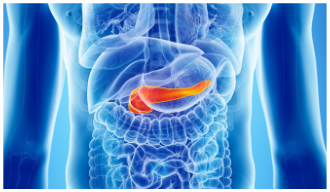Study will advance the validation of Cellvizio® as a real-time biopsy guidance tool during robotic-assisted bronchoscopy
Paris and Boston, June 1st, 2023 – 5:45 PM CEST – Mauna Kea Technologies (Euronext: MKEA) inventor of Cellvizio®, the multidisciplinary probe and needle-based confocal laser endomicroscopy (p/nCLE) platform, today announces that initial enrollment of patients has begun in a prospective, randomized, two-arm, multi-site clinical study sponsored by Mayo Clinic and financially supported by Mauna Kea Technologies. The study will combine nCLE and robotic-assisted bronchoscopy, using both Cellvizio and the Ion platform for minimally invasive peripheral lung biopsy from Intuitive Surgical, Inc., to assess the capability of nCLE to enhance the physician’s ability to quickly and accurately position a biopsy tool in the center of peripheral lung nodules (Clinicaltrials.gov: NCT05556525).
The primary objective of this study is to evaluate the ability of nCLE to further improve the diagnostic yield and accuracy of confirming successful targeting of the lesion (“tool-in-lesion”) and definitive diagnostic sampling of the lesion (“lesion-in-tool”) during robotic-assisted bronchoscopy procedures. The secondary objectives are to evaluate the reproducibility of using nCLE across multiple facilities and to evaluate the ability of nCLE to diagnose malignancy vs. non-malignancy, including exploring diagnostic yield at the index procedure. This study will include 118 patients with peripheral lung nodules in two U.S. sites, Mayo Clinic’s campus in Jacksonville, Florida and Mayo Clinic’s campus in Rochester, Minnesota.
“The challenges faced by interventional bronchoscopists extend beyond confirming that the needle is in the lesion,” said Sacha Loiseau, Chairman and Chief Executive Officer of Mauna Kea Technologies. “Once you’re in the lesion, it is even more critical to obtain a diagnostic sample, accounting for a number of factors including lesion size, position, and heterogeneity. The combination of Cellvizio and Ion could significantly improve how physicians access and sample small, difficult-to-reach peripheral lesions, creating a profound impact on patient outcomes.”


